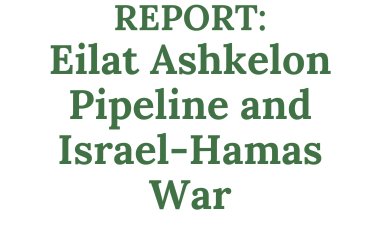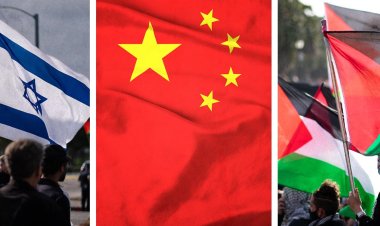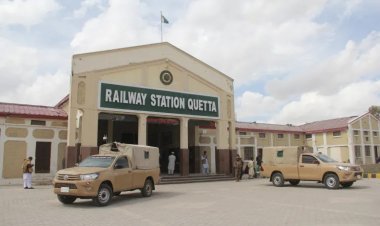ISIS Resurgent: The New Battle for Syria’s Future
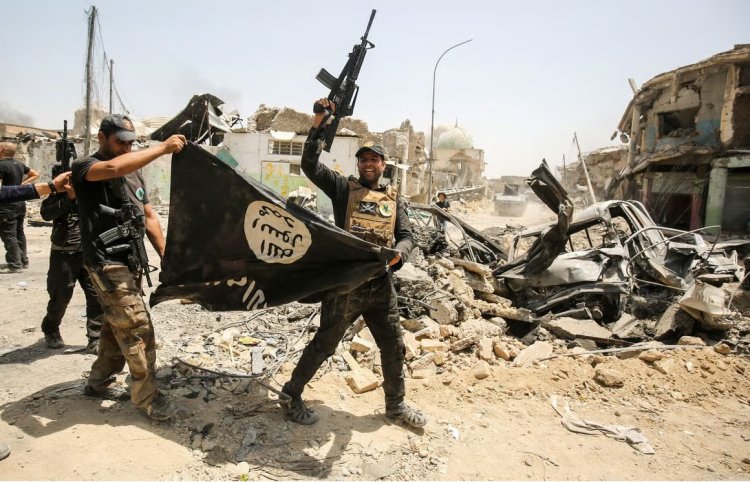
Analysis
By Preeti Khenta
In December 2024, following the collapse of the Bashar al-Assad regime, ISIS intensified its efforts to reestablish its presence in Syria, which it had lost after its territorial defeat in early 2019. Throughout the year, ISIS executed at least 600 attacks across the country, averaging approximately 60 attacks per month—a significant increase compared to the previous year. More concerning than the frequency of these assaults is the evident rise in the group’s confidence and tactical sophistication. In 2023, they began employing increasingly advanced explosive devices, including Vehicle-Borne Improvised Explosive Devices (VBIEDs), and mobilized larger numbers of fighters for their operations. This development indicates a heightened willingness to incur casualties, suggesting a resurgence in recruitment activities. Furthermore, ISIS has commenced assaults on established enemy positions and has enhanced its influence within local communities, particularly in areas such as Deir Ezzor. In these regions, the group has initiated an extortion network, utilizing enforcement-style tactics against businesses that refuse to comply with their demands for payment.
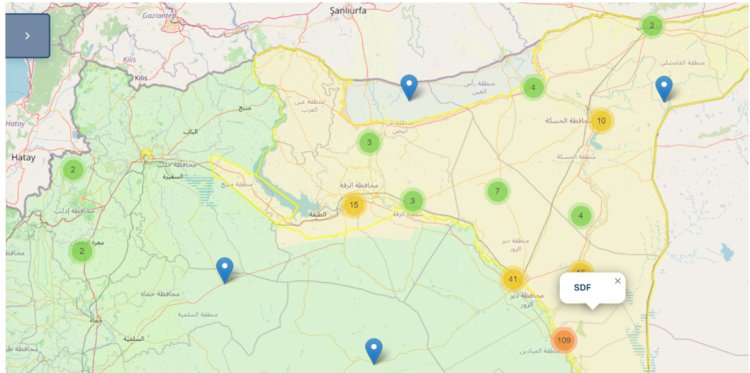
Source: Karam Shaar Pvt. Ltd.

Source: Syria Weekly
ISIS has been exploiting Syria’s desperation since the Arab Spring and Sectarian division to justify its presence and recruit members. However, now they are suddenly in a different political environment with a new government. The year 2025 began as a shock, as the al-Sharaa government offered a path out of conflict and political representation for Syria’s Sunni Arab majority- posing a potentially existential challenge to ISIS's entrenched foothold and further expansion. The group almost suffered a temporary crisis of disorientation, as it had been the Assad regime’s notorious brutality, corruption, and incompetence that had been the Islamic State’s most significant driver of recruitment and justification for attacks. Within hours of Assad’s fall, 2 U.S. aircraft took to Syria’s skies and hit at least 75 Islamic State facilities in that central desert region, crippling the group’s network of safe houses, training camps, and weapons stores.

Source: Syria Weekly
Under the new government, ISIS activity saw a notable decline. Data indicate that from January 1 to April 1, 2025, the group's operational tempo dropped sharply to an average of just ten attacks each month, with fatalities averaging just one per month. This marked a significant decrease from the 63 deaths recorded in 2024. During this period, ISIS regrouped, but by May, the frequency and deadliness of their attacks began to increase steadily. After a brief pause, the violence resumed from July through October.
They used two parallel tactics to pursue violence- they targeted areas controlled by Syrian Democratic Forces (SDF) in the northeast and a terrorist campaign in urban areas in government-held zones. Between 1st January and 1st October, 89 per cent of the 237 ISIS attacks were recorded in the SDF territory only. The attacks were mainly with small arms and light weapons (including rocket-propelled grenades and RPGs), and they also used improvised explosive devices (IEDs) and suicide vests. This suggests the growing capabilities of the organisation, including access to explosives and expertise for manufacturing, deployment, and transfer, which indicates a rising insurgency.
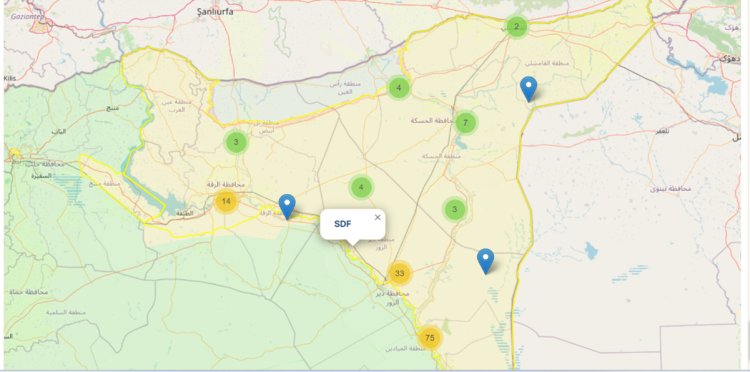
Source: Karam Shaar Pvt. Ltd.
Almost 90% of the attacks are happening in the areas controlled by SDF, suggesting that they are the primary target of ISIS. According to the International Institute for Strategic Studies, the SDF consists of approximately 50,000 fighters, and the Kurdish People’s Protection Unit accounts for most of their fighters. It is a Kurdish-led coalition of non-state armed groups which control Hasaka, eastern Deir Ezzor, as well as parts of Raqqa and Aleppo governorates. Although over time, SDF recruited more Arabs than Kurds; however, the leadership of the organization has remained Kurdish. Professor Michael Clarke, a military analyst, stated in an interview with Sky News that “SDF is well organized and strongest militarily in terms of numbers and ability, but it doesn’t want to take over the whole of Syria and is purely focused on the Kurdish Struggle”. If the government does not integrate them into the state, ISIS will exploit this opportunity to further deepen sectarian faultlines.
In recent months, specifically from August to October, the lethality of attacks has surged, painting a grim picture of ISIS's growing capabilities. The group has been conducting increasingly deadly operations, demonstrating a clear strategy in their targeting, workforce, and weaponry, as well as a troubling willingness to absorb losses. Although many potentially catastrophic attacks have been thwarted, thanks to intelligence shared by the United States and local partners, it is important to note that the majority of these plots were aimed at vulnerable religious minorities’ sites, returning refugees, and public holiday gatherings. The security situation in Syria is dire; even the post-Assad regime struggles to maintain control. The deep-seated sectarian divisions in the country make it exceedingly difficult to establish a sense of balance among the various groups involved.
Al-Sharaa’s administration has successfully disrupted nearly all ISIS plots, with the exception of the tragic attack on Mars Elias Church on the outskirts of Damascus, which claimed 30 lives. This incident highlighted the Interior Ministry’s deep infiltration into the ISIS network. Interior Minister Anas Khattab has been at the forefront of Hayat Tahrir al-Sham's efforts to eliminate ISIS cells and al-Qaeda loyalists in Idlib from 2018 to 2024. Furthermore, there has been a noticeable increase in intelligence collaboration between Syria and the United States, which has expanded into military channels following the visit of Vice Admiral Cooper, the chief of US Central Command, to Damascus in September.
It is important to recognize that the sudden decline of the Islamic State following Assad's fall was more about its strategic repositioning and adaptation to evolving circumstances than a significant military defeat. The intensification of attacks against the government in Idlib, as well as in Suwayda, rural northeastern Raqqa, Hasakeh, and Eastern Deir Ezzour, has opened new opportunities for the group. The Syrian government is actively reaching out to regional players and the USA to counter the resurgence of IS. While the government, Syrian Democratic Forces (SDF), and coalition forces are all engaged in combating IS on the ground, data indicates that the Islamic State is making a comeback, launching more sophisticated and deadly attacks.
Ultimately, the most significant challenge to the Islamic State comes from the government's efforts to stabilize the country, consolidate power under the new leadership, and safeguard Syria’s rich diversity. At the heart of defeating the Islamic State lies a deeper struggle—one between the narratives of peace and national unity and the forces of hatred and extremist violence. Over the years, the Islamic State has taken advantage of Syria’s social fabric, and it must not be allowed to exploit it any further in the future.
Disclaimer: This paper is the author's individual scholastic contribution and does not necessarily reflect the organization's viewpoint.


